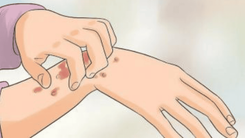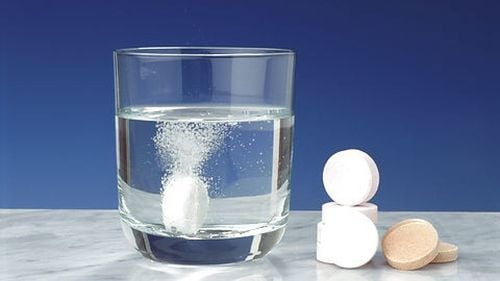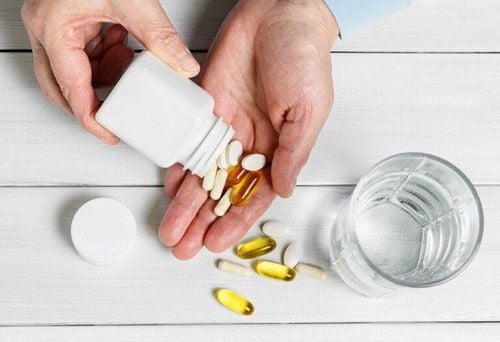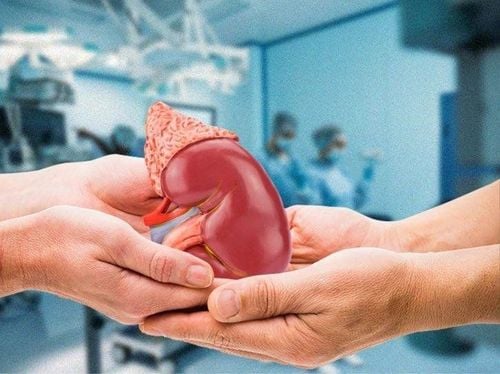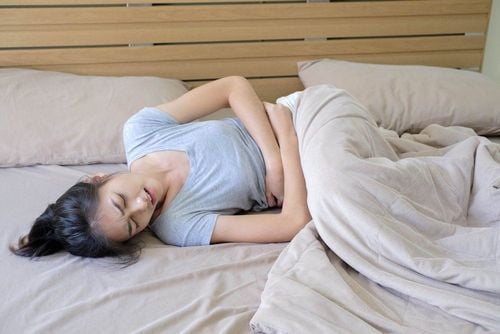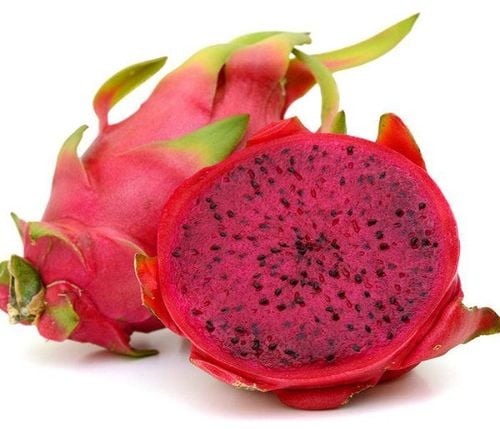Calcium oxalate crystals in the urine are the most common cause of kidney stones. Reduce your risk of calcium oxalate stones by following a diet that limits foods containing oxalate, protein, and salt, combined with drinking enough water.
1. What are calcium oxalate crystals?
Calcium oxalate crystals in the urine are the most common cause of kidney stones. They are made from oxalate combined with calcium, which is a substance found in foods such as green leafy vegetables. Having too much or too little oxalate in the urine can cause it to crystallize into crystals in the urine and clump together to form stones.
Kidney stones can cause pain and complications such as urinary tract infections. They can be prevented with a few changes in your diet.
2. What foods contain oxalate?
Oxalate is found in many foods, of which the main sources of oxalate in the diet are:
- Spinach and other green leafy vegetables
- Rhubarb
- Wheat bran
- Almonds
- Radishes
- Navy beans
- Chocolate
- Okra
- French fries and baked potatoes
- Nuts
- Soy products
- Tea
- Strawberries and raspberries.
After entering the body, the above foods will be gradually digested in the digestive tract, nutrients will be absorbed, and waste will be sent to the kidneys to be eliminated through urine. Oxalate waste is broken down into oxalic acid. If not completely broken down, it can combine with calcium to form calcium oxalate in the urine.
3. What are the symptoms of calcium oxalate stones?
Kidney stones usually do not cause any symptoms until they start moving through the urinary tract. As the stones move, the pain can become severe.
The main symptoms of calcium oxalate stones are:
- Pain in the side and back that can be sharp or intermittent
- Pain when urinating
- Blood in the urine, which may be red, pink, or brown
- Cloudy urine
- Foul-smelling urine
- Frequent urination
- Nausea and vomiting
- Fever and chills if you have an infection.
4. What causes calcium oxalate crystals?
Common causes of calcium oxalate crystals in urine include:
- Not drinking enough water
- A diet high in oxalate, protein, or salt
In other cases, certain diseases can increase the risk of calcium oxalate crystals clumping together to form stones, including:
- Hyperparathyroidism
- Inflammatory bowel disease (IBD), such as ulcerative colitis or Crohn's disease
- Dent's disease, a genetic disorder that damages the kidneys
- Gastric bypass surgery for weight loss
- Diabetes
- Obesity.
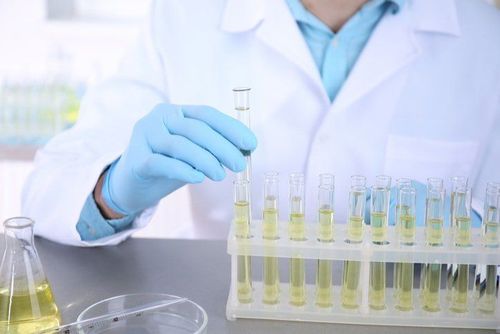
6. Are pregnant women at higher risk of kidney stones?
During pregnancy, the blood flow in a woman's body increases to nourish the growing fetus. More blood is filtered through the kidneys, which means more oxalate is present in the urine, which can increase the risk of stones forming.
Kidney stones can cause complications during pregnancy. Some studies have shown that kidney stones increase the risk of miscarriage, preeclampsia, gestational diabetes, and cesarean section.
During pregnancy, imaging tests such as CT scans or X-rays may not be safe for the baby. Instead, your doctor may use an ultrasound to diagnose.
Up to 84% of kidney stones pass spontaneously during pregnancy. About half of the stones that do not pass during pregnancy pass spontaneously after birth.
If you have severe symptoms due to kidney stones that increase the risk of affecting your pregnancy, procedures such as stenting or lithotripsy may be indicated to remove the stones.
7. How are calcium oxalate stones treated?
Small stones may pass without treatment in about 4 to 6 weeks, drinking plenty of water will help pass the stone better.
Alpha blockers such as doxazosin (Cardura) or tamsulosin (Flomax) may also be prescribed to relax the ureter to help the stone pass more easily.
Pain relievers such as ibuprofen (Advil, Motrin) and acetaminophen (Tylenol) can help relieve discomfort until the stone passes. However, if you are pregnant, talk to your doctor before taking nonsteroidal anti-inflammatory drugs (ibuprofen, naproxen, aspirin, and celexcoxib).
If the stone is too large or does not pass on its own, several procedures may be used to remove the stone, including:
Extracorporeal shock wave lithotripsy (ESWL): ESWL works by breaking the stone into small pieces. Within a few weeks of ESWL, the stone should be cleared.
Ureteroscopy: A thin tube with a camera on the end is passed through the bladder into the kidney. The stone is then removed with a forceps or broken up with a laser or other tool before being removed. The doctor may place a stent in the ureter to keep it open and allow urine and the stone to pass through.
Percutaneous nephrolithotomy: Percutaneous nephrolithotomy requires general anesthesia. The surgeon makes a small incision in the back and removes the stone with small instruments.
8. How to prevent calcium oxalate crystals?
You can prevent calcium oxalate from forming crystals in your urine and avoid kidney stones by following these tips:
- Drink more water: People who have had kidney stones should drink 2.5 liters of water per day. Everyone needs different amounts of water, so ask your doctor about how much water you should drink each day.
- Limit salt in your diet: A diet high in sodium can increase the amount of calcium in your urine, which can cause stones to form.
- Watch your protein intake: Protein is essential to a healthy diet. However, eating too much protein can increase your risk of stone formation. You should aim for less than 30% of your total daily calories in protein.
- Get the right amount of calcium in your diet: Too little calcium in your diet can cause oxalate levels to increase. To prevent this, make sure you get the right amount of calcium each day for your age. Cut down on foods high in oxalates: Examples include rhubarb, soybeans, beets, and nuts. When you eat foods high in oxalates, eat them with a calcium-containing food, such as a glass of milk. This way, the oxalate will bind to the calcium before it reaches the kidneys, so it won’t crystallize in the urine.
To arrange an appointment, please call HOTLINE or make your reservation directly HERE. You may also download the MyVinmec app to schedule appointments faster and manage your reservations more conveniently.
Reference source: healthline.com

